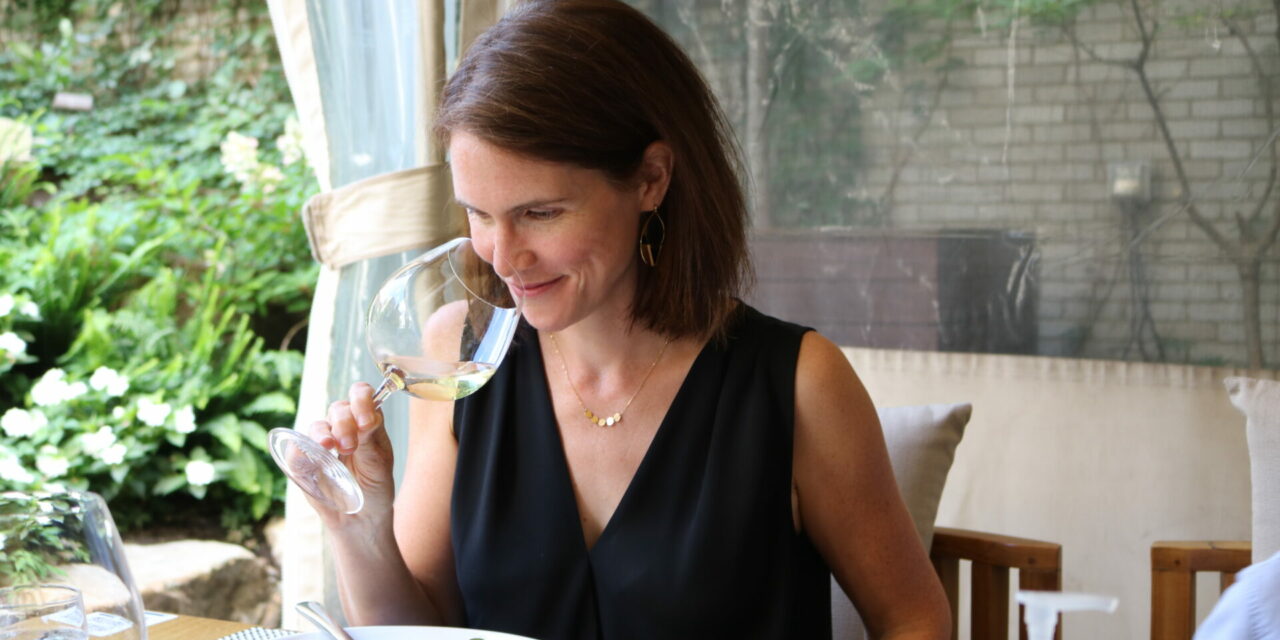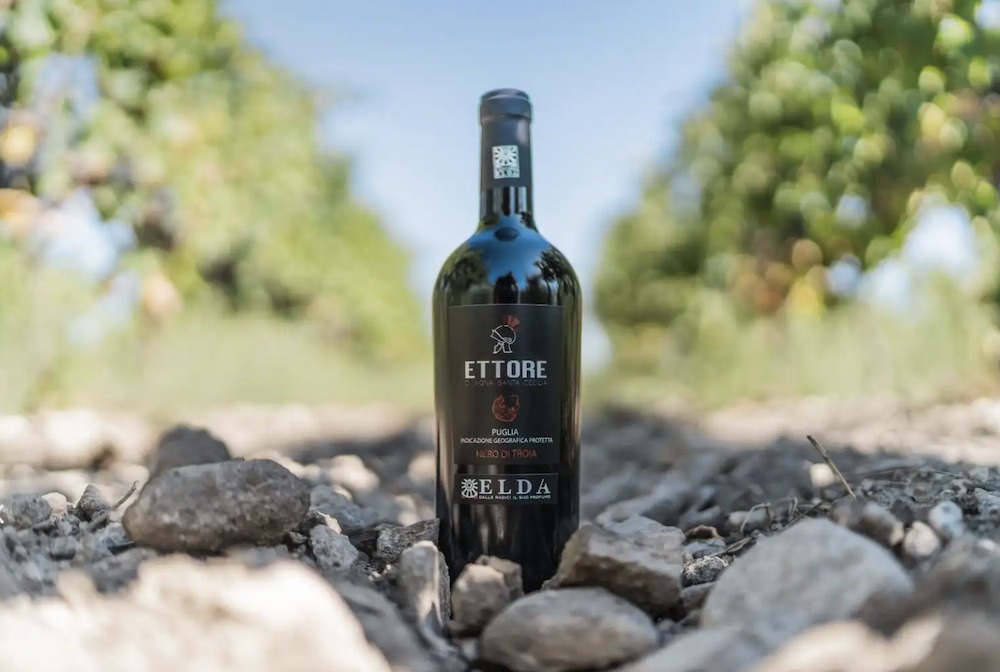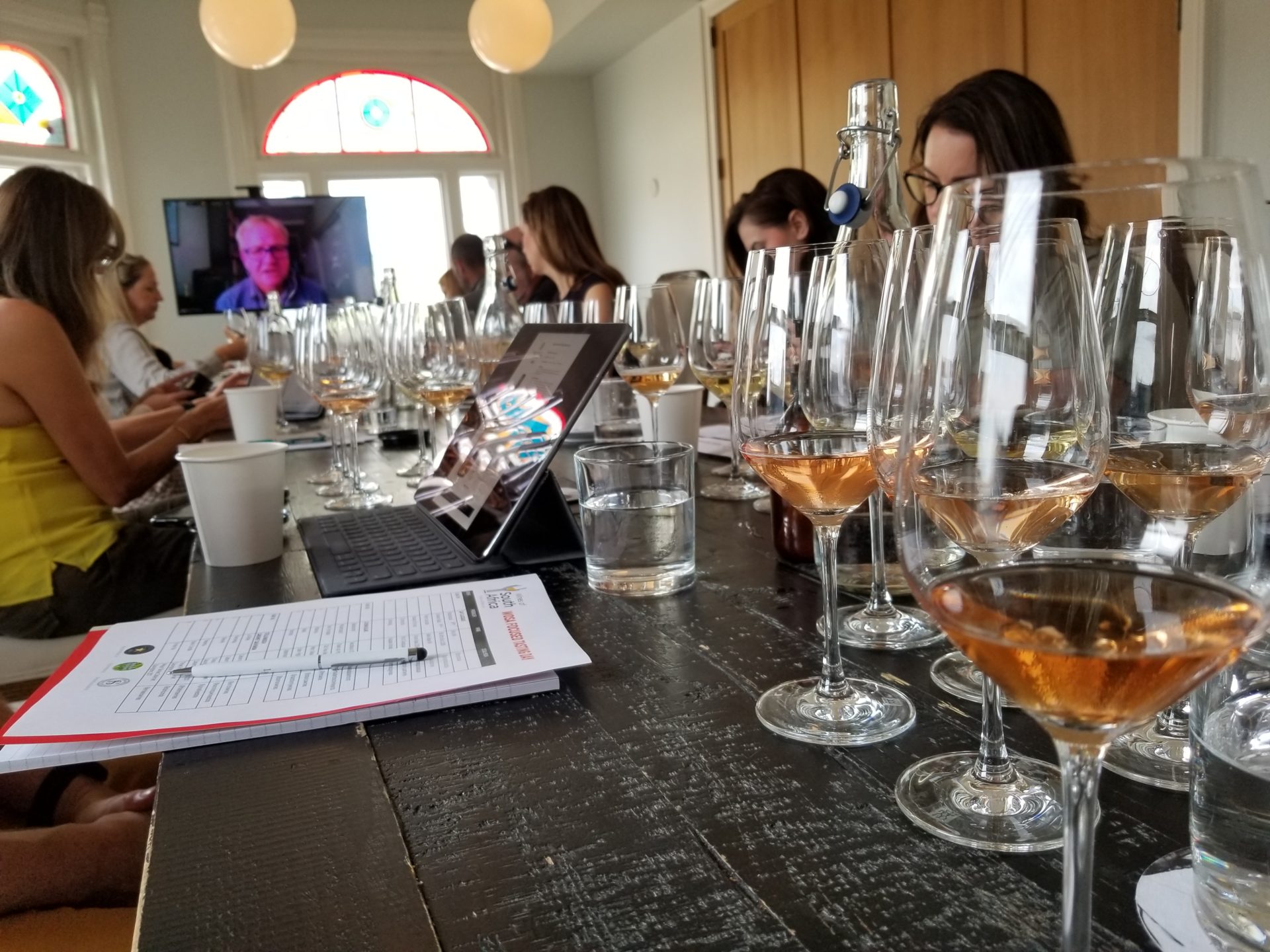The language of wine tasting is a foreign one for most consumers. As wine people, we learn the lingo and spout it back to our peers, casually ignoring their confused or glazed over expressions. And the worst part is, even if we wanted to speak more plainly, most of us don’t know how.
A couple of months ago, my sister said to me, “I love reading your tasting notes. They sound so glamorous”. Then she laughed and added, “Though I have absolutely no idea what you are saying”. She meant it as a compliment, but I was dismayed.
I spend a lot of time thinking about how to simplify wine without dumbing it down. I wonder how to make wine more approachable. And I admit that I haven’t gotten it right yet. My tasting notes can still be too obscure. I vacillate between wanting to preserve wine’s rich lexicon of esoteric terms and wanting to pare it back to simpler language.
Happily, last month I was reminded that there are ways to make wine descriptions more relatable. I was in Bourgogne (yes, Bourgogne, not Burgundy anymore, folks). In some ways, it felt like a voyage into my past. Twenty years ago, I did a degree in wine science and commerce in Beaune. One of my teachers was Jean-Pierre Renard, a long-time, highly esteemed educator with the Bourgogne Wine Board. He taught me how to taste wine professionally.
Since 2004, I have studied wine tasting endlessly, observing, and sometimes emulating those I have met through winemaking stints, sales jobs, wine judging roles, consulting positions, Master of Wine studies, and so forth. Looking back, I realize that with each new experience, I added a layer of knowledge but also of complication.
Fast forward to this most recent trip, and I found myself in a full circle moment, back in class with Jean-Pierre Renard. I was in Bourgogne to become an official ambassador for the region. Throughout the week, my fellow students and I were encouraged to take turns describing the wines we were tasting to the group.
Jean-Pierre observed our varied performances and, at the end of the course, gave his feedback. Among his more glowing comments, he voiced a frustration that I share. It is a stylistic approach used by many wine professionals today.
You’ve heard it before. The sommelier in a restaurant or a film that reels off 15 hyper specific aromas in a wine, right down to the sub-variety of pear or the brand of tinned corn—which, if you aren’t from a region that grows those pears or carries that brand, has no relevance to you.
These same wine experts give laundry lists of flavours for even the cheapest of wines that couldn’t possibly be so complex. And, if the body, acidity, or tannins are mentioned at all, it is only in a fleeting way, in the most cryptic of terms.
You lose your audience with the fourth aromatic descriptor, said Jean-Pierre. You bore them when you describe a wine’s acidity as medium minus or plus. He recommended using clear, concise, and descriptive language. Focus mainly on structure and on how the aromas and flavours contribute to the whole, he added.
Jean-Pierre’s advice seems obvious, but it takes a great deal of expertise and confidence to explain things well, in simple terms. His words were a useful reminder to me that our role in wine service, writing, or education is not to show off how knowledgeable we are but to impart knowledge.
The concept reminds me of that wonderful moment in The Beatles’ “A Day in the Life” when the rising cacophony of instruments suddenly harmonizes into a single note. Describing a Sauvignon Blanc as having lime, lemon, white grapefruit, gooseberry, elderflower, tarragon, chive, wet stone, and flinty aromas is overwhelming. Instead, call it complex, with mainly citrus fruit, herbal, and mineral aromas.
After all, what information will truly help a wine drinker get a clear picture of how a bottle will taste? Depending on the style of wine, I try to pick out its highlights.
Nose: intensity, main types of aromas, complexity
What defines the nose? How discreet or perfumed is it? What makes up that fragrance? We all have vastly different aromatic repertoires. Unless specific, widely recognized aromas are really evident on the nose, it is often far clearer to speak in terms of aromatic groups: spicy/ earthy/ animal/ floral/ fruity/ etc.
There are ways of giving context to aromas without veering into the over-specific. For example, fruit can be described by type – citrus, tropical, red fruit, black fruit – and perhaps, if noteworthy, by ripeness, fresher or more jammy.
Palate: acidity level, body, depth, texture, tannins, oak
What is driving the palate? Acid so high it makes your mouth water, or conversely, acid so low it makes the wine feel soft or slightly cloying. The lightness or fullness of the body? The feeling of the wine as it glides over the tongue (silky, creamy, velvety, or a roughness, like sandpaper)? An impressive depth of flavour? A marked dryness or sweetness?
Finish: balance, length, overall impressions
This is the crux of wine tasting. Do you want to take another sip? All is predicated on the finish. Do the various building blocks of the palate feel harmonious or disjointed, where one element sticks out (bitter tannins, heavy oak flavours, warming alcohol, etc.). Does the wine disappear, leaving no lasting impression, or linger? What is the most memorable aspect of the wine? If nothing, better not to buy another bottle.
As this (ironically) long, contemplative article about simplifying wine descriptions shows, I am still fine-tuning my formula. The goal is that one day soon, casual wine drinkers like my sister will read my articles or tasting notes and still find the glamour, but also understand exactly what they will be getting in the glass.







